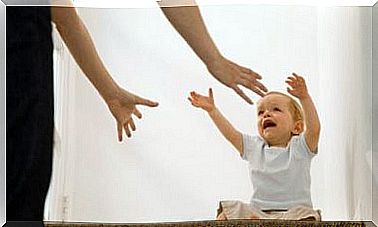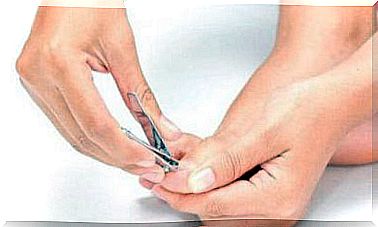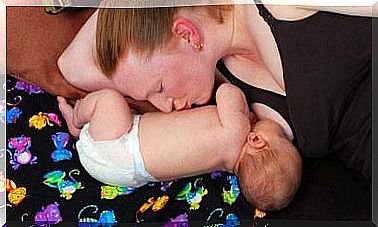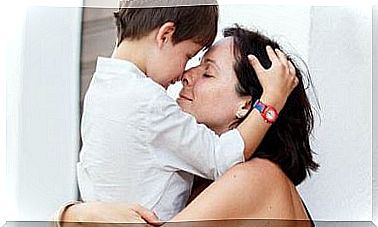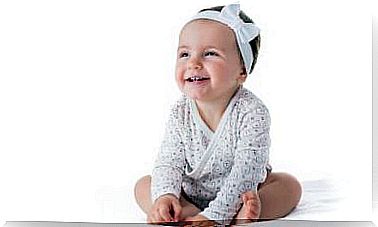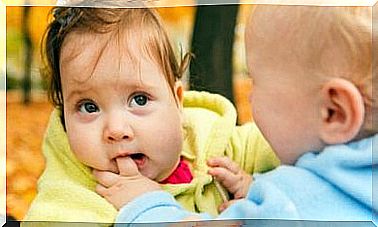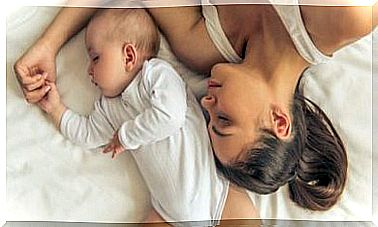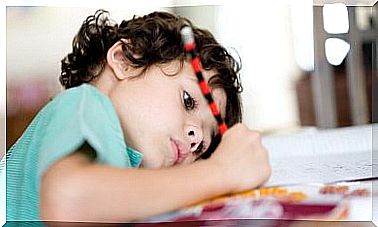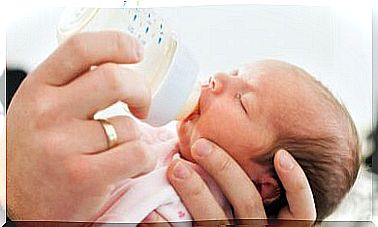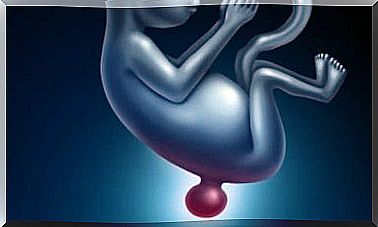Communicate With Your Baby Through Gestures

Children like to express themselves through their body language, especially if they cannot speak yet. If you know how to recognize their little gestures , you can immediately understand how your child is feeling and what they want.
Crying is arguably the “most popular” form of communication for babies, but it is not the only one. Babies also express themselves to their environment through movements, sounds, gestures and by smiling and laughing.
They usually express themselves to their parents more strongly than they do to other people. They cry louder and show them their best smiles, especially when they see their parents again after their absence.
Babies initially communicate through gestures
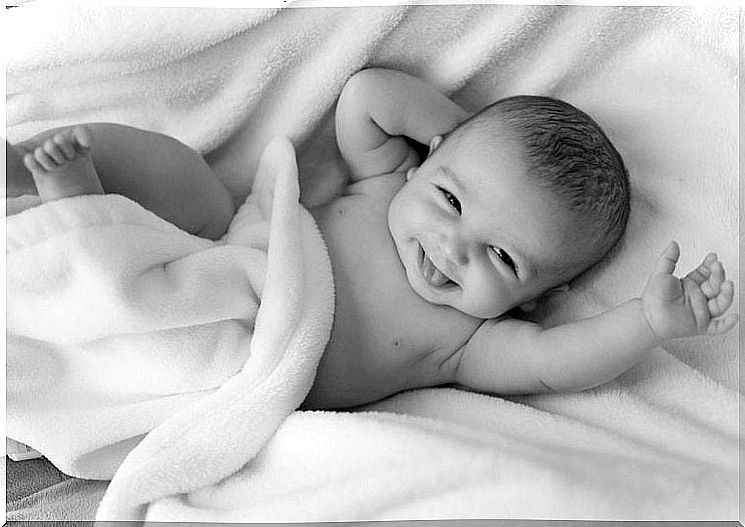
All babies make gestures, make sounds and show their mood in hopes of being understood. For example, if your child is playing with you and suddenly looks away, turns their head, or hunched their back, it may mean they need a break and want to continue playing later.
However, crying cannot just indicate hunger. It can also be that the child is cold, wet or tired. Each baby cries in its own way to communicate a variety of problems. Over time, you can learn how to interpret them.
Babies show what they want in a variety of ways. When your baby smiles in front of you, he wants to show you that he is fine and comfortable and happy. You will find that being able to accurately assess these situations can be very useful
You will likely notice that your child will start crying when they are around 8 months old when approached by friends or pediatrician. This is a sign that your child has already learned how to distinguish between strange and familiar faces. Strangers can scare the child.
However, over time, it will see how kindly it is greeted by these strangers and it will get used to them more and more. However, this process takes time.
It is important to remember that the meaning of the gestures can vary from baby to baby. This is why parents need time, commitment, and patience to learn how to best play with their baby.
When the child realizes that they are well understood by the parents , this can lead to deeper affection and strengthen the bond with the parents. The key to success is to patiently and carefully observe the child in order to learn their language.
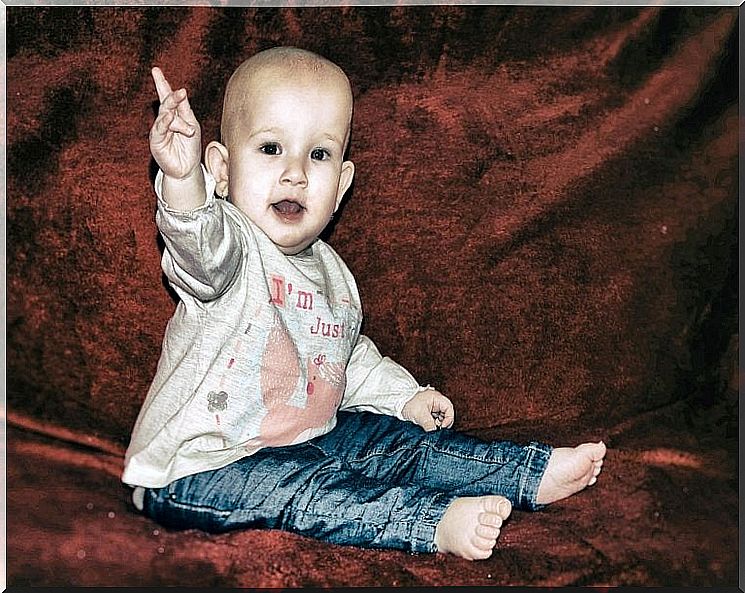
Teach your baby gestures
Follow your child’s pace and make sure they enjoy the learning process. The best time to start is when the child is already showing an interest in communicating. You will find that the time has come when your child starts to become more sociable or when they start babbling and trying to get your attention with the help of sounds and facial expressions.
Try to teach your child words by adding a gesture or pointing to an object when saying a word. Always use the same gesture for each word and make sure that your baby can see you clearly. Only in this way can it recognize the connection between the sign and the word.
Your baby may start using the newly learned gesture himself or herself after a few days. However, in some cases this can take several weeks. Therefore, be patient and make sure your baby has fun studying. Because your child can learn best when they are having fun.
Baby gestures to try
Specialists recommend various sign language systems. The “Sign With Your Baby” system is based on American Sign Language; the “Baby Signs” system, on the other hand, is based on simple gestures specially designed for babies.
Both systems work as well as any system you develop would work. Any gesture that clearly reflects the meaning of a word should be good for communication. Here are some examples:
- Eating: put your fingertips on your lips.
- It’s gone / over: Raise your hands (with the insides facing the child) up to your shoulders.
- Anxiety: Touch your sternum.
- Hot: Hold out your hand and pull it back as quickly as if you had just touched something hot.
- Where is it? Shrug your shoulders as you hold your hands up in front of you (palms facing up).
- Hare: Wrinkle your nose and hold both fists to your head with two outstretched fingers each.
- Car: Pretend you have a steering wheel in front of you and you are steering it with both arms.
- Book: Hold both palms of your hands against each other and then pretend that you are opening them or the “book”.
